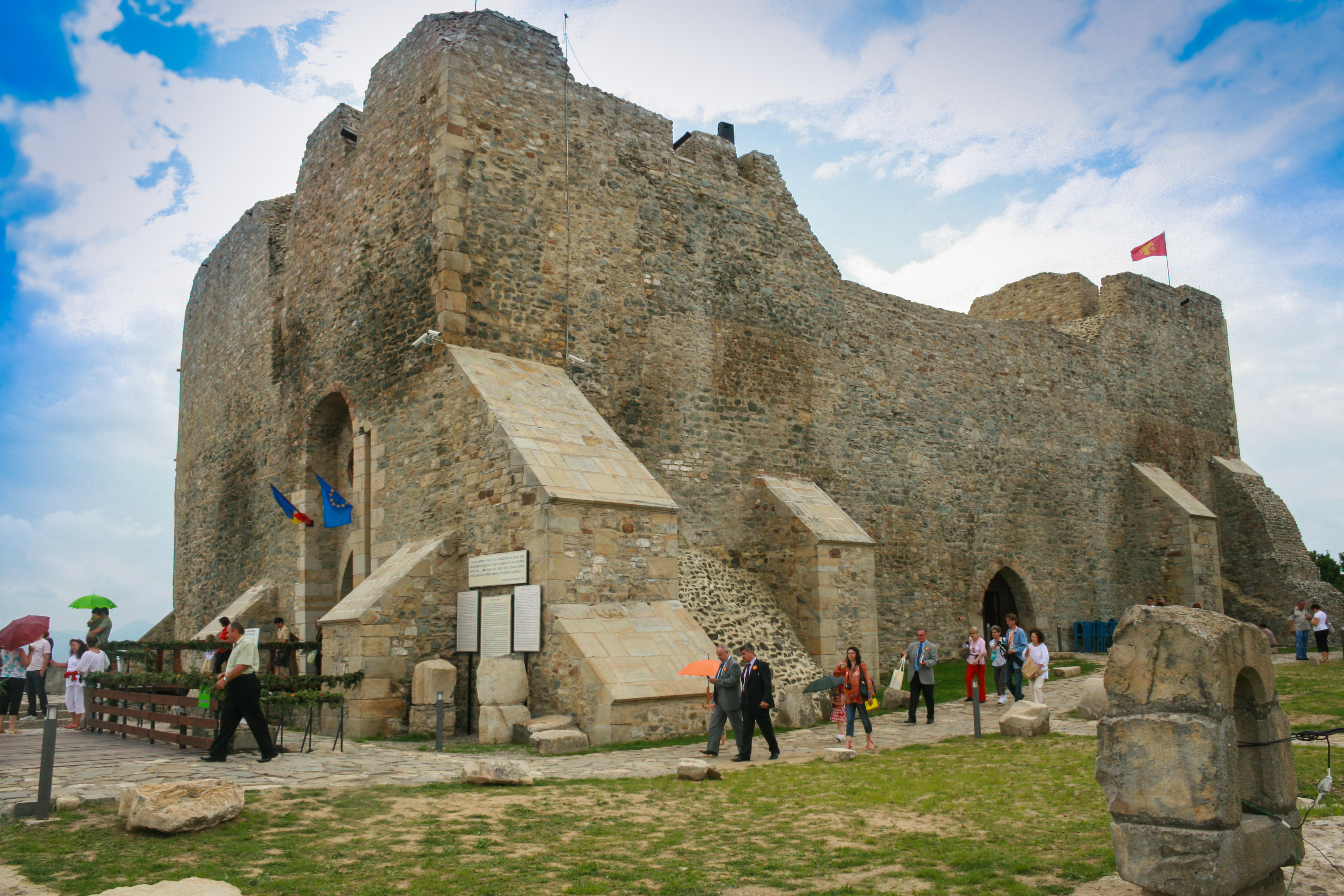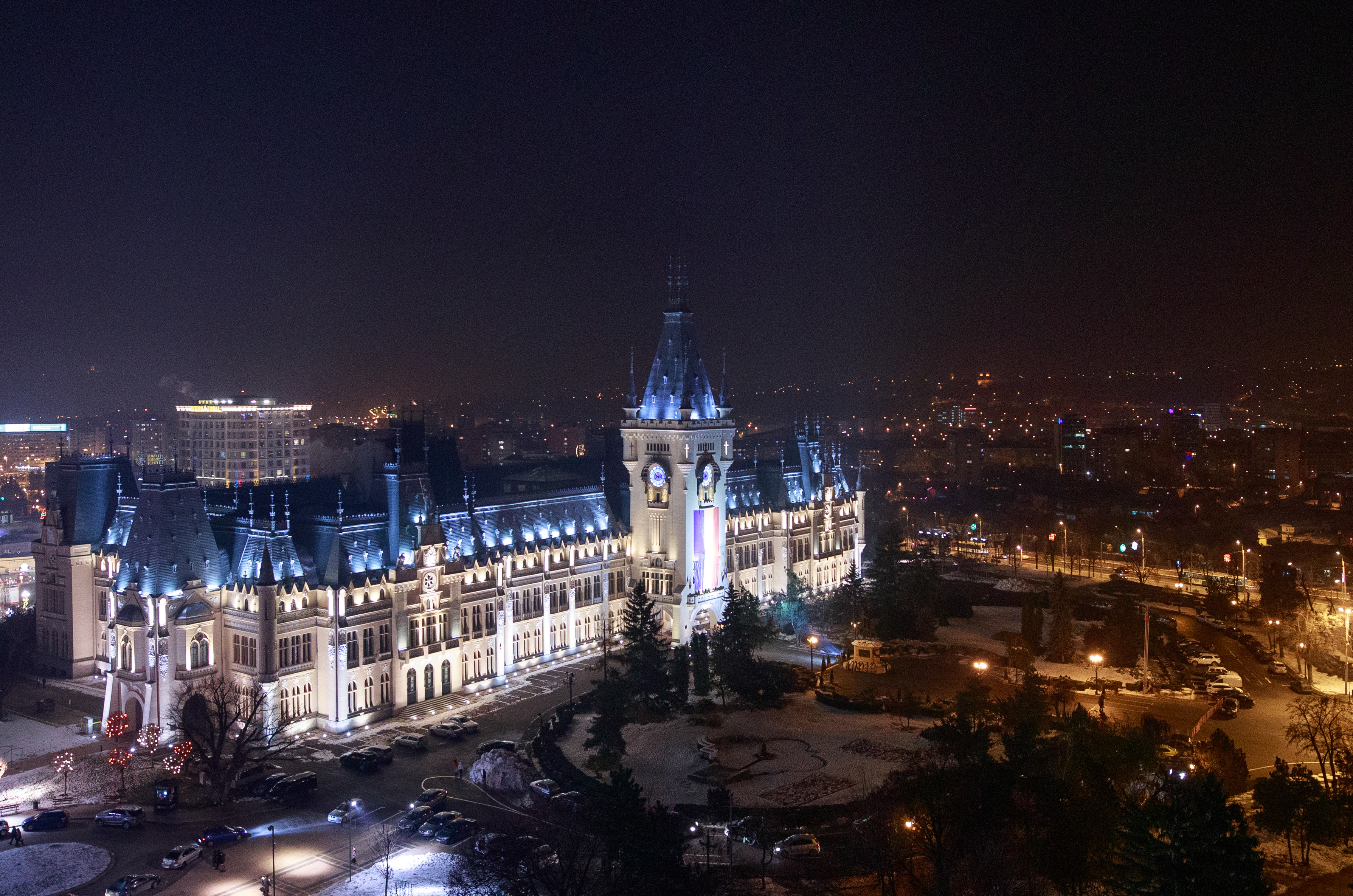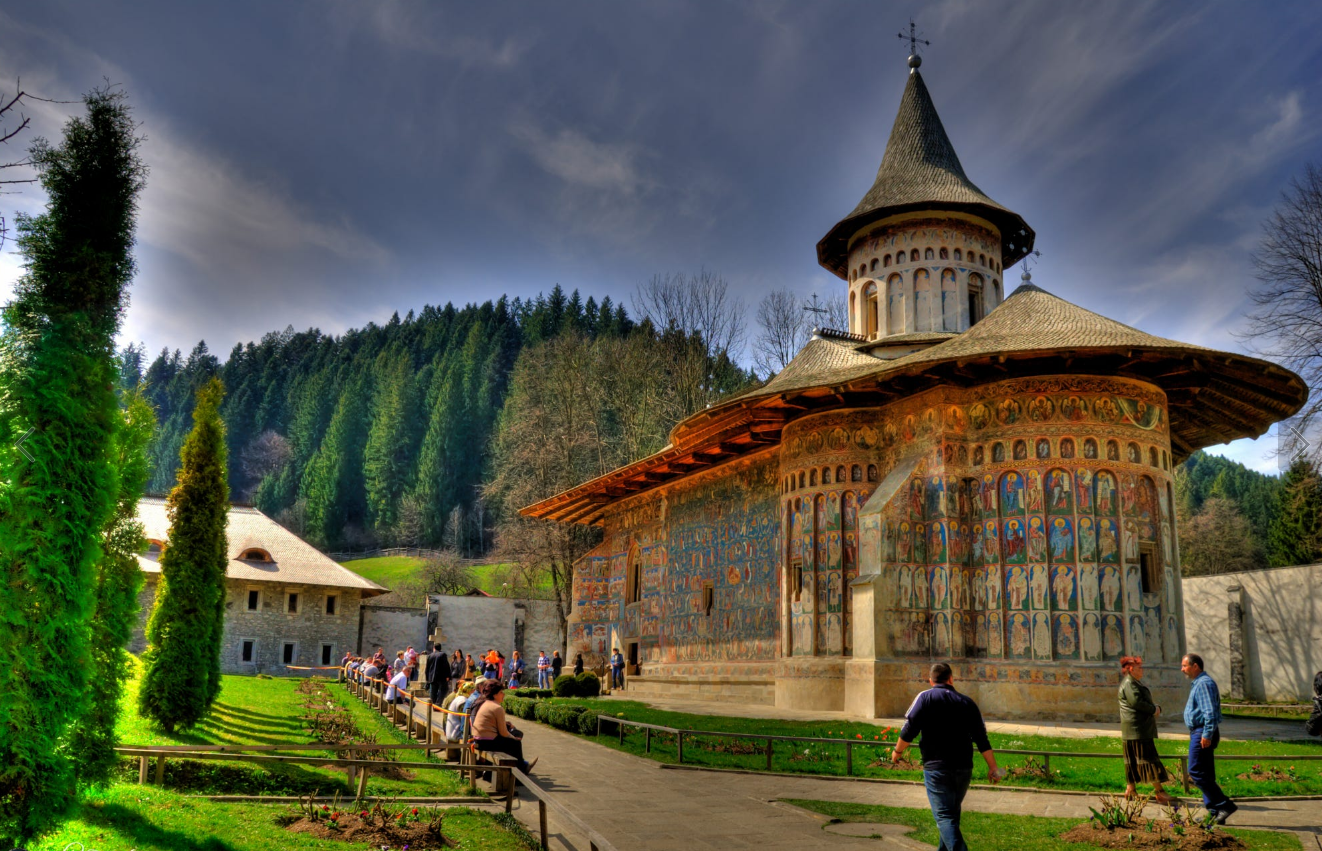
The Route Of Stephan The Great And Saint, North-East Romania – Moldova Cross-Border Area
The Route of Stephan the Great and Saint itinerary is “under construction” by the Ministry of Tourism (Romania) and the National Agency for Investments (Republic of Moldavia) with 20 places in Romania and 9 in Republic of Moldavia. In the medieval age, Stephen III of Moldavia (or Stephen the Great), Prince of Moldavia, established a number of Romanian Orthodox churches and monasteries as ktitor. All the included cultural heritage sites pertaining to the history of Stephan the Great have an important component based on intangible heritage (eg. stories, books, legends, movies, knowledge, crafts and traditions), linked to the great Prince of Old Moldavia which comprised Northeastern Romania and present day Republic of Moldavia. The project will focus on mapping the cultural landmarks that will be included in the Stephan the Great Cultural Route:
In Suceava county: Voroneț Monastery (1488) and Pătrăuți Monastery (1487) (Holy Cross Church), which are UNESCO Heritage Sites.
In Neamt County: The Bison Land and the linked cultural heritage area from Neamt County, around Targu Neamt town. This area is promoted by the Bison Land Association, Ozana Valley Association and Ecotourism Association. The region features a priceless spiritual and natural heritage, lands full of divine grace, located on the border between reality and fairy tale. The reappearance of bisons as a result of years of conservation efforts, has added value to the dreamlike landscape. The selected advantage of the area is formed by a combination of natural beauty with strong cultural and spiritual identity. The monastic community present here is the second largest in Europe, after the one of Mount Athos. The monastic villages of Văratec, Agapia and Neamţ, with their special organization, represent unique European cultural heritage sites. The area includes the Vânatori Neamţ Natural Park.
The park means much more than the place where the Romanian bison lives It is an area of about 31,000 hectares, of which over 26,000 ha represent forests. in the northern part of Neamţ county, harboring a diversity of cultural, historical and natural values. Rare species such as brown bear, wild cat and the Carpathian deer can be seen roaming the forests. A number of famous monastic communities, such as the monasteries of Agapia, Văratec, Neamt, Secu, Sihastria or Sihla, the Baltiesti and Oglinzi resorts, along with four protected natural areas: Silver Forest, Silver Oaks, Reservation of Bison Dumbrava, Voda. The beauty of the places and their picturesque nature made in the 1970s, in the Vânaturi Neamt Natural Park filmed “Jderi Brothers” and “Stephan the Great”. This area is an open lab for circular economy and it is labeled as ecotourism area (among the other 6 from Romania).
In Moldova, the Capriana Monastery, Archeological Complex Old Orhei, Soroca Fortress, Tighina Fortress, Mereni Village and the wine region Stefan Voda (Stephan the Prince) will be the target of the project. The pilot site in Moldova includes the UNESCO Man and the Biosphere reserve Lower Prut in Moldova, directly managed by VEM partner.
Action Plan
The 6 Be.CULTOUR Pilot Heritage Sites co-developed their action plans with their local ecosystem.
This co-creative work was based on the human-centred approach applied in
Be.CULTOUR in order to meet the needs of the local communities, valorise the unique cultural
heritage in remote destinations, and develop innovative solutions that would contribute to the
implementation of circular mind set in cultural tourism.
Be.CULTOUR Challenge:
The challenges addressed by the project in this area are related to the accessibility of remote areas, quality standards for cultural tourism and language barriers and cultural mediation. The focus area features villages with relevant cultural heritage sites that can be valorised for tourism activities. However, these destinations are still unknown and the local economy is underdeveloped, creating the need to assist local communities in their local economic development strategies. Rural areas are affected by migration of young people to western Europe for employment, causing the loss of immaterial heritage in these villages. The lack of public funding for the promotion of tourism is a challenge, coupled by a lack of qualified human resources in tourism caused by brain drain.
Pandemic Impacts:
The COVID-19 pandemic had major repercussions in the tourism sector of the cross-border region between Northeastern Romania and Moldova. Sharp income declines were not followed by a decline in costs, leading to loss of contracts, suppliers, clientele and skilled labor as well as the accumulation of debt. July 2020 figures indicate a decrease of 44.4% in tourism arrivals compared to 2019. The first seven months of 2020 saw a 57.8% decrease compared to the same period in 2019. Romanian tourists accounted for 89.3% of total arrivals, while foreign, mostly European, tourists accounted for 10.7%. Reluctance to travel is expected to remain for a while and Romanians are expected to opt for “vacation in nature” in holiday mountain resorts, isolated villages in rural areas or in the balneo therapeutic resorts. The post-COVID era presents new realities, such as the “Clean & Safe” certification for tourism operators and locations, a transition to green tourism and an accelerated digital transformation of tourism services and products.
Innovation Areas: Religious Heritage; Nature as Heritage.
Key Stakeholders: Ministry of Agriculture, Regional Development and Environment in Moldova, Association of Tourism Development in Moldova, Ministry of Public Works, Development and Administration in Romania, Associations Dezvoltare Locala ECO LAND and APDTN VALEA OZANEI, Bucovina Tourism Association, Bison Land Association.






